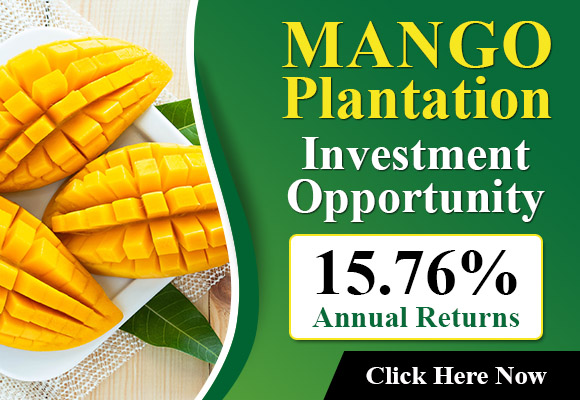How will Moroccan agriculture adapt to an ever-changing climate? Mohammed Sadiki, Minister of Agriculture, Maritime Fisheries, Rural Development and Water and Forests on his trip in Tata (south east) this week, emphasized the ramifications of the violent changing climates which Morocco faces and highlighted the growing of areas cultivated as a necessary reaction to adapt.
“We depend on two primary sources: soil and water.”
The minister stated “Morocco’s agriculture policy is based on the execution of “Generation Green Plan” that is the successor to “Green Morocco Plan”. This plan defines the vision of Morocco regarding agriculture. It was developed through his Majesty the King Mohammed VI who, could God help him in the year 2008. The primary goal is to establish the basis to guarantee the food sovereignty of Morocco that is based on the cultivation and expansion of possible potential of the country with a rational approach, which includes the crucial aspect of sustainability and conserving the resources we have. There are two important resource: soil and water.”
Concerning the extreme drought which the country is experiencing over the past several years as well as the extremely hot temperatures that affected the current season The Minister states: “Climate change is part of the factor. Morocco is within a highly sensitive climate zone, and changes in the climate are becoming swift and violent, and directly impacting the agriculture sector. This is why we need to be innovative and creativity to change. It is essential to take more steps in order to boost yields using smaller soil and water resources.”
To expand the production zones
The search at new areas for production is an essential part of the government’s action, according to Saidiki. Saidiki explains “We’re engaged in a extensive extension of zones for cultivation, and are shifting our focus to areas where there is a need to develop essential crops, including vegetables, as well as trees that are adaptable and drought-proof. We’re putting in a lot of time and effort in improving the local system for these zones, with a an emphasis on efficiency in irrigation.”
“The government’s backing continues to be in this direction and help attract producers, particularly young investors into the industry,” the Minister says. “The opportunities are enormous. We’ve witnessed some eye-opening success examples, which demonstrate the best way to increase production and ensure the longer term as well as making the most of every cubic meter of water, while also creating the local environment that creates jobs as well as increasing the earnings of both producers and the beneficiaries and laying the groundwork for a holistic local development model because over and above agriculture, whole ecosystems are created around the values chains.”
Provide local markets with products and export
These new zones of production offer several advantages, according to the Minister “Production conditions are sustainable and low in inputs and efficient use of inputs. In addition, they remain away from crop diseases that require less inputs. The niche crops are crucial enough to meet the needs of market for export and local markets. It is a method of production that is based on principles of Agroecology. It’s an affluent sector which aids in stabilizing the world of agriculture and makes it more appealing, particularly for the younger generation.”
The trip of the minister to Tata was aimed at launching agricultural initiatives for development. These new farms will include several crops such as dates, that are the reason Tata is famous and also early vegetable crops that are sold in the local market as well as exports, which is a first for the region of Tata.
More details:
Ministry of Agriculture, Maritime Fisheries, Rural Development and Water and Forests
Department of Agriculture
Tel: +212 8 0200 2050
www.agriculture.gov.ma
Source: The Plantations International Agroforestry Group of Companies
